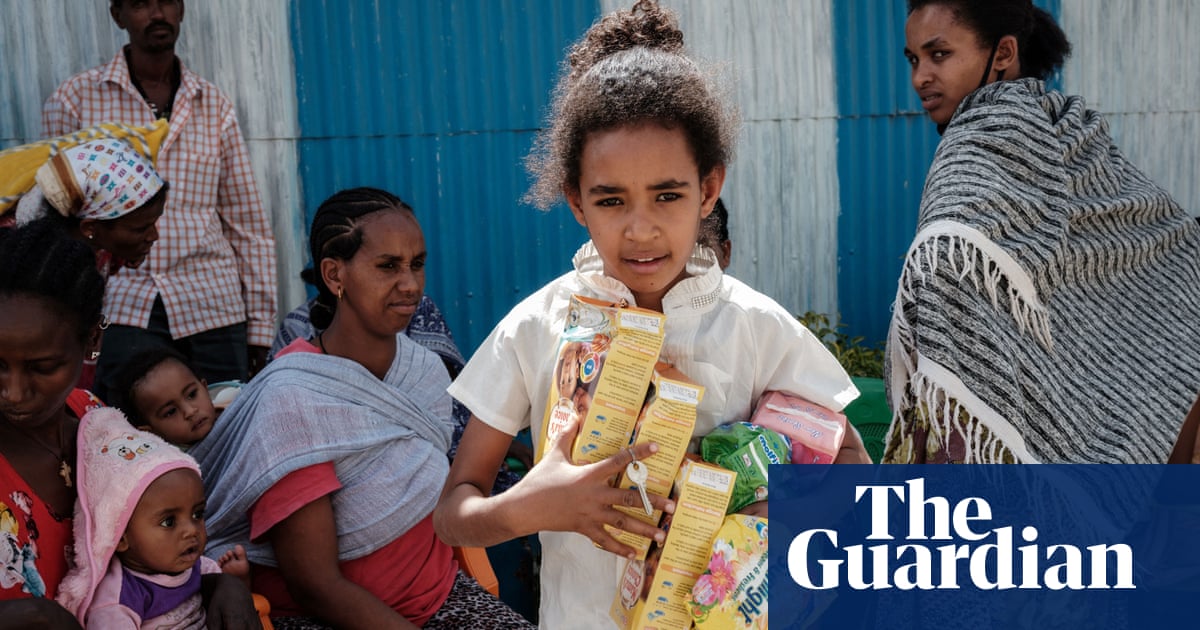With the world’s humanitarian system in crisis, many NGOs now recognise that local charities can deliver much more at far less cost
…
Charities such as Tsega’s, set up by individuals to help their own communities, are the oldest form of humanitarianism. Yet they are also being viewed as the future of an overstretched and underfunded aid system that relies on international organisations and UN agencies to devise and deliver programmes.
In a recent landmark white paper on development, the UK’s Foreign Office (FCDO) said it would deliver aid in poor countries “as far as possible through local institutions and organisations”. Meanwhile, the US Agency for International Development (USAid) plans to channel at least 25% of its funding through “local partners” by 2025. By the end of the decade, USAid wants at least 50% of its programmes to be driven by local agencies.
This commitment to “localising” aid is not entirely new. In 2016, a UN conference of 9,000 delegates gathered in Istanbul to make the delivery of humanitarian aid sustainable and effective. One of its key outcomes was a pledge to allocate 25% of funds to “local and national responders” by 2020.
…
Kennedy Odede, head of Shining Hope for Communities, a grassroots organisation that works in Kenyan slums, says the humanitarian aid system is “still characterised by a colonial mindset” that largely ignores the cultural knowledge of organisations such as his.
“They believe they can just walk into a community and they’ll solve the problem if they have enough money, but that’s not how you create change,” says Odede, who grew up in Kibera, the biggest urban slum in Africa and one of the places where his NGO works.



Localizing is really hard because of corruption. It’s easier to say where all the money is going when you do the whole thing.
Is the drive to localize to improve indigenous capabilities? Or would you get more bang for the buck? Or does it produce better outcomes?
Good questions.
Have only skimmed this spefific rapport, but I’m happy that in this report they finally seem to be open to a shift in thinking about aid.
Afaik, aid has usually been actually kind of outsourced to non regional organizations. Generally 80/90% of money for the aid is used on that.
Many organizations need also to bribe, pay , convince local warlords to get there, and then the question remains,how effective the locally sourced( new) aid centre will be.
But, If you can cut the overhead and could invest like 80% of the money instead of the say, 20%, that would be a win.
Also, the current aid programs have been having negative outcomes and received critique. Basically, what I read was, that aid organisations ended up cultivating an atmosphere of extra dependence for their target groups, and or in some places the help only made the sitiuation worse, on the longer term.
Also , your valid and critical questions should always be addressed and situations will need some monitoring, so they can’t cut all the overhead, and neither should they.
I’d add that local charities will know their communities far better than outside organizations. The locals will likely trust them to a much higher degree versus foreigners. As a result, there’s likely to be less waste as communities will be less likely (obviously not a given) to steal/hoard from themselves versus simply taking resources from outsiders who they have no connection/relationship with.
Of course there are exceptions, particularly for those communities that have been so damaged and are so desperate that this approach isn’t likely to succeed. I’m not a international aid expert though, just my two cents.
As a general rule, I’d 100% agree on that. And yes, like you said, there will always be some exceptions.